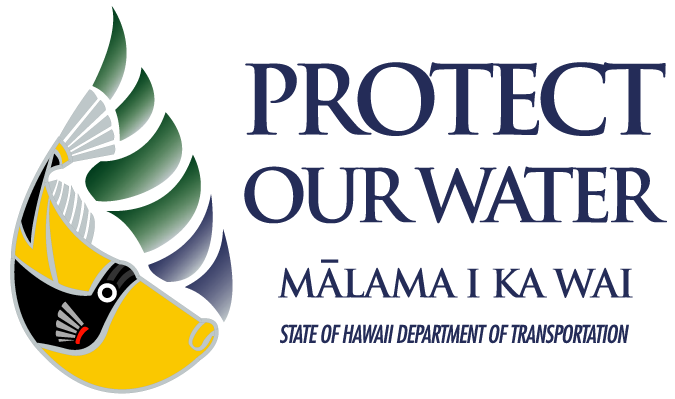If you’ve ever read an article about the storm drain system and wondered about some of the terms commonly used to describe it, then you’re in luck — we have your answers here! What follows is a list of definitions for some commonly used storm water terms.
BEST MANAGEMENT PRACTICE (BMP): Schedules of activities, prohibition of practices, maintenance procedures, and other management practices to prevent or reduce the pollution of surface waters.
BIOSWALE: A linear, vegetated ditch that allows for the collection, conveyance, filtration, and infiltration of storm water. These structures can also be referred to as “grass swales”, “vegetated swales”, or “filter strips”.
CONVEYANCE SYSTEM: Drainage features (including catch basins, gutters, ditches, channels, and outfalls) that collect storm water and facilitate its flow from land down to receiving waters, such as the ocean.
CLEAN WATER ACT (CWA): An act passed by the U.S. Congress to control water pollution.
EROSION CONTROL: Stabilizing a disturbed or exposed surface area in order to prevent soil particles from becoming detached and causing sediment accumulation in nearby surface waters.
IMPERVIOUS SURFACE: A hard surface that prevents rain water from infiltrating into the soil, and which causes water to run off in greater quantities and with greater velocity than would normally be the case. Examples include driveways, sidewalks, and roads.
INFILTRATION: The process whereby storm water gradually seeps from the land surface into the soil.
LOW IMPACT DEVELOPMENT (LID): A comprehensive land planning and engineering design approach with a goal of maintaining and enhancing the pre-development hydrology of the watershed.
MUNICIPAL SEPARATE STORM SEWER SYSTEM (MS4): A conveyance or system of conveyances owned by a state, city, town, or other public body, that designed or used for collecting or conveying storm water.
NATIONAL POLLUTANT DISCHARGE ELIMINATION SYSTEM (NPDES): The national program for issuing, modifying, terminating, reissuing, monitoring, and enforcing permits and requirements of the Clean Water Act.
NONPOINT SOURCE POLLUTION: Occurs when storm water moves over various land surfaces, picking up pollutants like sediment and chemicals, and deposits them into rivers, streams, and the ocean.
OUTFALL: A point source where the municipal separate storm sewer system discharges into surface waters.
RUNOFF: Precipitation that flows over the ground and into the various parts of the storm drain system, such as catch basins, culverts and bioswales. This runoff usually flows into the nearest stream, lake, or ocean.

